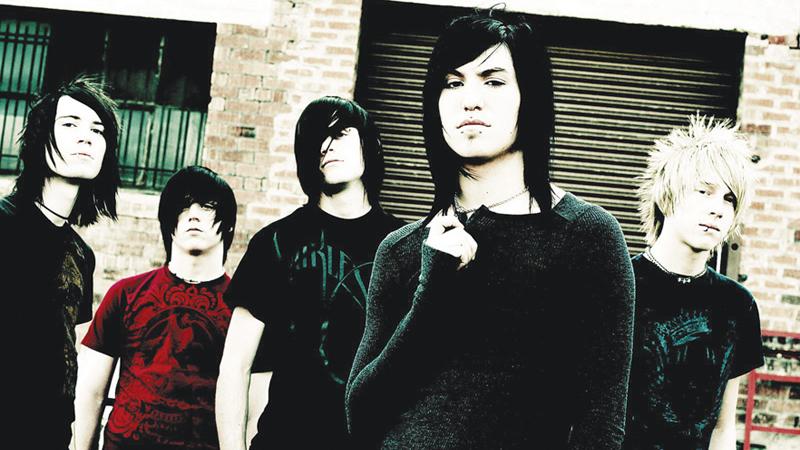
Emo, initially a shorter way to refer to Emotive Hardcore, is a genre of music that had a strong surge of popularity in the early 2000s thanks to incredibly successful bands like My Chemical Romance, Paramore, Fall Out Boy and Jimmy Eats World. But thanks to the relatively young internet, it evolved into a subculture with its own distinctive style, fashion and attitude. While the Emo music genre was relatively popular for its time, it was this aesthetic expression that became one of the first popular internet movements.
Emo music, as it was first developed in 80’s America, had a drastically different sound compared to what it is more commonly known by. Not even labelled as Emo back then, the basis for the genre was raw and emotional, but was far more political. Inherently anarchical and counter-cultural, the genre resonated with the rebellious youth of the time.
Emo
 However, as it grew in popularity, the genre leaned more into the emotional and confessional type songs, abandoning the political angle and the aggressiveness. Now formally dubbed as Emo, from the full title of ‘Emotive Hardcore’, its new sound was vastly more attractive to the youth of the 90’s. Bands like Jimmy Eats World were instrumental in bringing Emo onto the mainstream, popularising this new edgier yet more accessible sound.
However, as it grew in popularity, the genre leaned more into the emotional and confessional type songs, abandoning the political angle and the aggressiveness. Now formally dubbed as Emo, from the full title of ‘Emotive Hardcore’, its new sound was vastly more attractive to the youth of the 90’s. Bands like Jimmy Eats World were instrumental in bringing Emo onto the mainstream, popularising this new edgier yet more accessible sound.
This darker genre drew closer association with the Goth movement giving rise to acts like My Chemical Romance and Thirty Seconds to Mars. However, once the 2000s rolled around, Emo would evolve once more.
With bands like MCR, Thirty Seconds to Mars and Jimmy Eats World proving to be platinum level artists with massive fanbases, mainstream record labels took notice. More and more emo bands would be signed on the bandwagon and this proliferation and popularity eventually gave rise to Emo-Pop. Combining the attitude of Emo with elements of punk and pop rock, the most commercial version of Emo was developed in the mid-2000s, most popularly by bands like Fall Out Boy, Panic! At the Disco and Paramore. Now, in a period of time that the internet was in common use by the public, Emo-Pop spread like wildfire across the web.
Popular with teens and preteens, Emo-pop is what comes to mind when people usually think of Emo. Fans of the genre resonated with the depressed, introspective and emotional lyrics as well the Gothic aesthetic.
Emo Teen
Dubbed by the public as Emos, generally used derogatorily, these young fans expressed themselves in a very distinct and recognisable way, especially on the internet; giving rise to arguably the first internet subcultural movement. The stereotypical Emo Teen would dress in mostly black, usually also clad in black makeup and hair dye.
They would be characterised by their moody and introverted behaviour, sometimes superficially intellectual and self-conscious. This perceived whininess and antisocial behaviour drew ire from many, often in the form of physical violence and public humiliation. Depression, self-harm and suicide was closely associated with Emo, and in a time before mental health was taken seriously, this was also openly mocked.
A side effect of this being that anyone who suffered from mental health or expressed themselves with any sense of sensitivity or angst would be dismissed and mocked as Emo, regardless of the legitimacy of their issues or their association with the subculture.
Nowadays, Emo is more or less dead, at least as a subculture. Some musical acts continue making music in the Emo genre but most wish to distance themselves from it, including acts like Panic! and MCR which were vital parts of Emo.
The backlash towards Emo lasted for far longer than Emo ever did. Even now, the Emo Teen is a common stereotype to be openly mocked by the mainstream media. An acceptable target.
There has been no significant redemption for the
Emo as a subculture, and it continues to be vilified to this day by an active and vitriolic hatedom.

